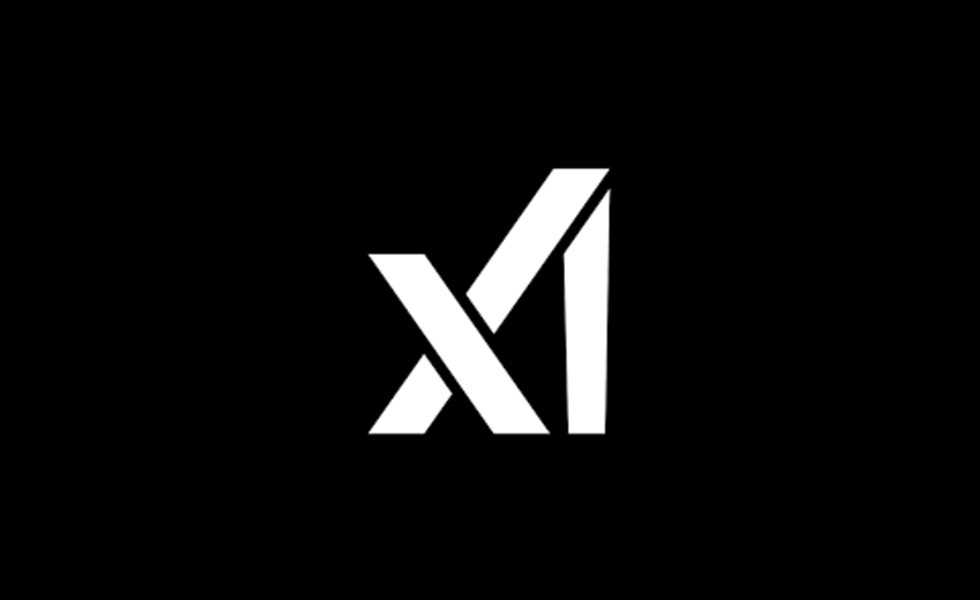The round
The $6B round was valued at a $24B post-money valuation. The fundraising total puts xAI in roughly the same class as OpenAI’s $10B investment from Microsoft in 2023 and Anthropic’s ~$6B this year. This compares to the valuation of OpenAI a year ago at around $29B post-money (today it’s about $93B) and Anthropic’s nearly $18B post valuation earlier this year (around $20B today). In other words, while xAI’s valuation is a huge number, and it’s in the same zip code as these two. It’s worth noting that OpenAI’s valuation last year deserved to be higher than xAI because OpenAI’s business was further along.
As for where the money will be invested, the business is capital-intensive and requires aggressive infrastructure investment in GPUs (mostly from Nvidia), hiring talent to train the model, and for distribution. Given the cost of the investment phases, I expect the company will be raising an additional +$6B in a year.
